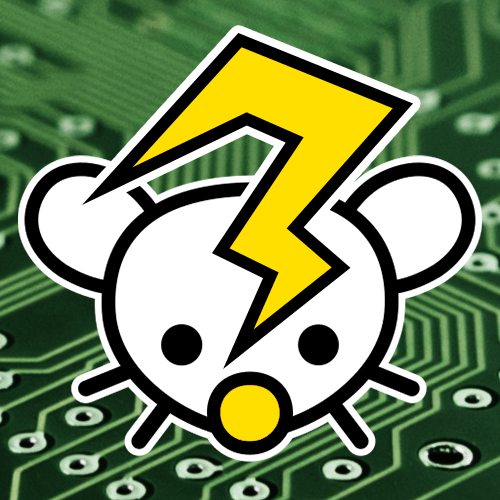Pretty basic question but I am struggling to find the words to get the correct search result. The soldering iron I bought came with very narrow tips that I think are supposed to be used for circuit boards and components.
When I attempt to solder lines from a USB cord together the line never gets warm enough.
I remember in the past soldering copper lines together from an appliance with no issue so I don’t think I’m doing anything wrong in terms of technique but who knows?
Outside of a few specific cases, a standard chisel tip is all you need. Yes, even for surface mount.
The wires found in some thin flexible cables (like USB or headphone cables) are sometimes coated. Solder won’t stick unless you get it hot enough to burn off the coating, or scrape it off before soldering.
The lines from an USB wire are very thin. Any tip should do.
Is the solder melting and sticking to the tip? Can you pre-tin the wires or are they coated? Can you upload a picture of what you are trying to do?
What temperature are you using?
This was a few months ago so I can’t recall a lot of the specifics unfortunately.
What I can recall was using a 90w Ali Express soldering iron with a conical tip to solder a damaged original Xbox controller cable. The leaded solder seemed slow to melt on the tip but wouldn’t melt to the wire when I applied heat on the under side.
Sorry I can’t tell you more. I was looking to do some practice this weekend and wanted to know if I should be ordering a thicker tip or something.
Wattage does not mean how hot it gets, it means how fast it gets to the desired temperature. Also Chinese vendors tend to exaggerate greatly with specifications, especially with cheap products.
The temperature is set too low. The solder should melt almost instantly when applied to the tip if the iron is set to 350°C.
Those fine point conical tips that typically come with soldering irons are terrible. Get a 2-3mm chisel tip, that will be suitable for most soldering jobs.
Are you using leaded or lead-free solder? If it’s lead-free, it has to be hotter and you may also find extra flux helps.
Thanks for the suggestion. I ended up using both of those when attempting this and ended up with a lumpy cold solder looking connection.
Without the the flux I wasn’t able to heat the line enough to get the solder to melt.
Are you adding some solder to the tip first? Without it being “wet” it’s kinda hard to conduct heat to the part you want to solder.
Just about any soldering iron should work. Chisel tips are better than round tips for most work. I really like J tips as well, they’ve got a range of usable surface sizes without having to change tip just by turning the iron around.
Put a piece of heat shrink tubing on one wire.
Strip the ends, and form a Western Union splice in the wires to hold them.
Set the iron to 350°C, and let it heat up. If your iron doesn’t have temperature control, it’s cheap crap and should probably just be thrown in the trash since it’ll tend to over-heat and lift pads when soldering PCBs. Continue for now, that doesn’t matter as much for soldering wires.
Then apply a tiny bit of solder to the tip of the iron so that it can make good contact, apply flux to the bit where the wires join (do NOT skip flux), touch the solder to the wires, and then touch the iron to the other side of the wires. The solder should quickly melt & flow into the joint.
Remove the solder, then remove the iron.
Let the joint cool, then slide the heat shrink up over the joint and shrink it with a heat gun.Crimp connectors tend to be stronger and more vibration-proof than solder, but sometimes space constraints mean that soldered splices are necessary. Also crimpers are expensive, for many wire-to-wire crimp families the official crimpers are several hundred dollars.
Western Union splice
Thanks, I never knew the name for it.
I have never used flux when soldering wires together. What is the risk? I am using rosin core solder.
I suggest that you give details of the iron (and tip) and solder that you are using and a close up photo of the wires that are being problematic.
The iron temperature control may be faulty and the iron just not getting to soldering temperatures. Or you may have it set too low.
The thermal mass of typical USB wires is so low that, if the solder actually melts freely at the tip end when not soldering anything, it should do so when soldering these wires.
Looking for tips on tips I see.
With soldering you want to maximize heat transfer at all times so flat surfaces (chisel tip for example) are usually ideal. If you want to remove solder from a hole in a PCB you’re better off with a round tip as that has the most contact area then. It will make it easier to use a solder sucker in that case for example. Personally I have the chisel tip on 90% of the time and might be willing to switch to the large flat one.
The hot one.




